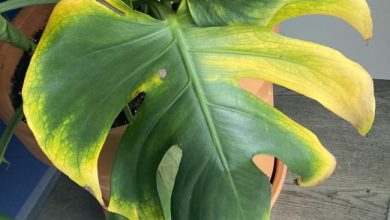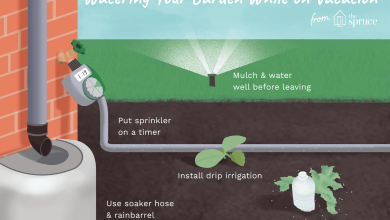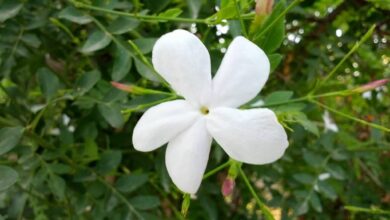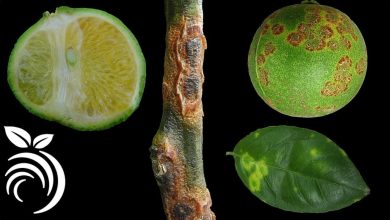How, When and Where to Plant Hydrangeas: [Guide for your Garden]

the hydrangeaIt is a shrub that reaches between one and three meters in height. However, there are much larger varieties that develop as trees or even as lianas that reach thirty meters in height.
It is native to Asia, especially China and Japan, which is where the largest number of varieties are found. It was introduced to Europe in 1727 by a naturalist and its name derives from horturum flower which means «garden flowers».
Currently its cultivation has spread to a large number of countries that have temperate climate zones.
The hydrangea has also been used as an ornamental plant for its beauty.
Important Points when Planting Hydrangeas:
- When? Sow them once the winter has passed, because they do not tolerate well temperatures below 12ºC. Ideal in spring.
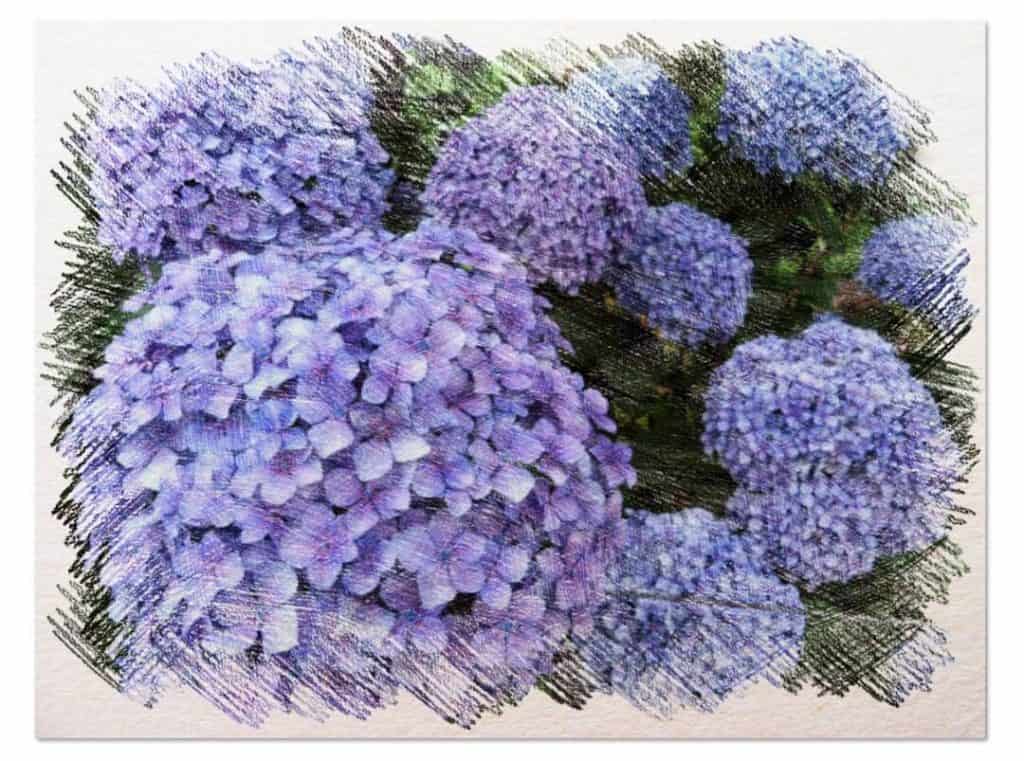
- Where? They need moderate light intensity. They do not tolerate direct light well during the strongest sunlight hours, especially in summer.
- How do we prepare the land? With a good contribution of organic matter and earthworm humus. Avoid planting hydrangeas in very dry soil. Moisten the ground, without flooding.
- How do we water? Ideal, drip irrigation.
- How often do we water? They need water, especially in summer. Water them in the morning or at night. If the leaves turn brown it is an indicator of lack of water.
- How do we sow? It is easier by cuttings.
- When we can? Wait for winter. But if there are strong winters where you live, wait for the frost to pass.
- What diseases and pests does it have? Aphids, thrips, some type of nematode and red spider.
Its trunk is woody in appearance and cylindrical in shape.
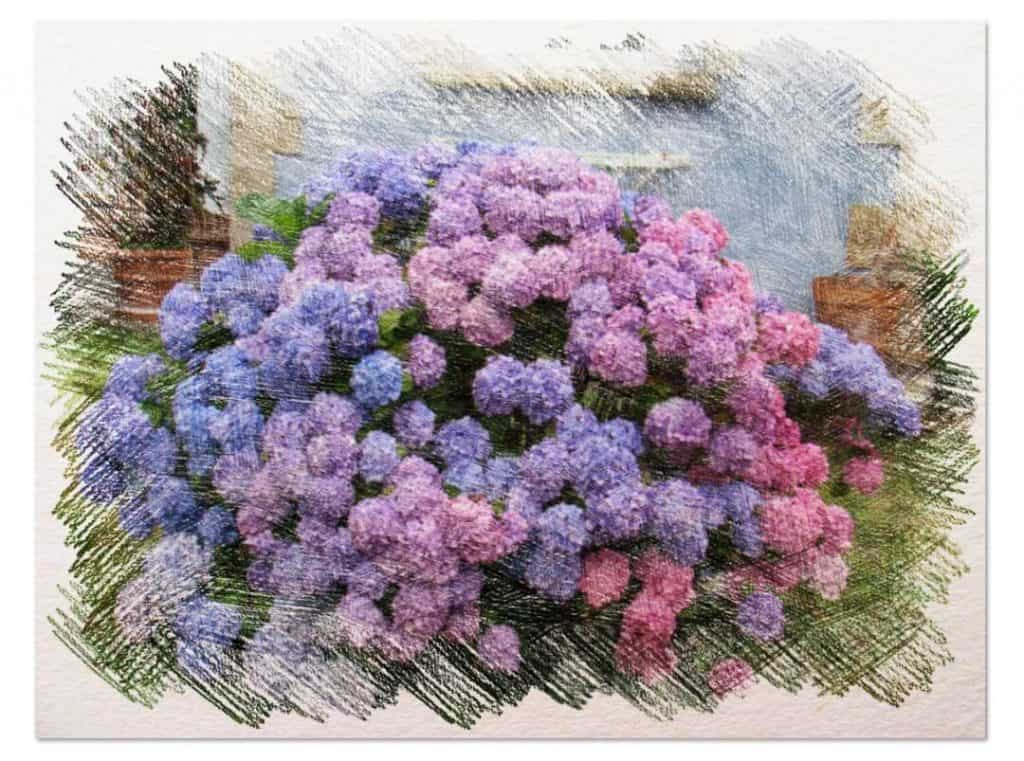 It can reach between one and two meters in height. Its leaves are green, usually dark tones, opposite each other and oval and slightly serrated with a pointed ending.
It can reach between one and two meters in height. Its leaves are green, usually dark tones, opposite each other and oval and slightly serrated with a pointed ending.
They are usually rough in texture and grow a few centimeters apart from each other.
Depending on the species, hydrangeas can be deciduous or evergreen, however the most widely cultivated, which are temperate climate species, are deciduous.
It presents multi-floral inflorescences at the top of the bush. That is, the flowers grow in little mounds. What is normally perceived with the naked eye is not the main flower, but rather the sepals that cover the true flower, which is very small.
The range of colors that flowers present is usually very wide, there are from red, blue and pink to white in many different shades. There are even hybrid varieties in which two mixed colors occur on the same plant.
When to plant hydrangea? The dates
Try to plant them last wintersince they are sensitive to temperatures below 12°C. They are best planted in spring when the weather is warmer.
If the cutting comes from a multi – flowering plant (lots of flowers) it is better to sow it between April and June or between January and March. If they are unifloras do it in the spring period.
Where to plant hydrangea? light and temperature
Regarding light requirements, hydrangeas prefermoderate light intensity.
In the hours when the sun is strongest, try to shade it or that the rays only partially reach it.
Usually short days with high temperatures accelerate the formation of flower buds. An interesting aspect is that flowering can be induced through fertilization. For example, thenitrogen deficiencyaccelerates button formation.
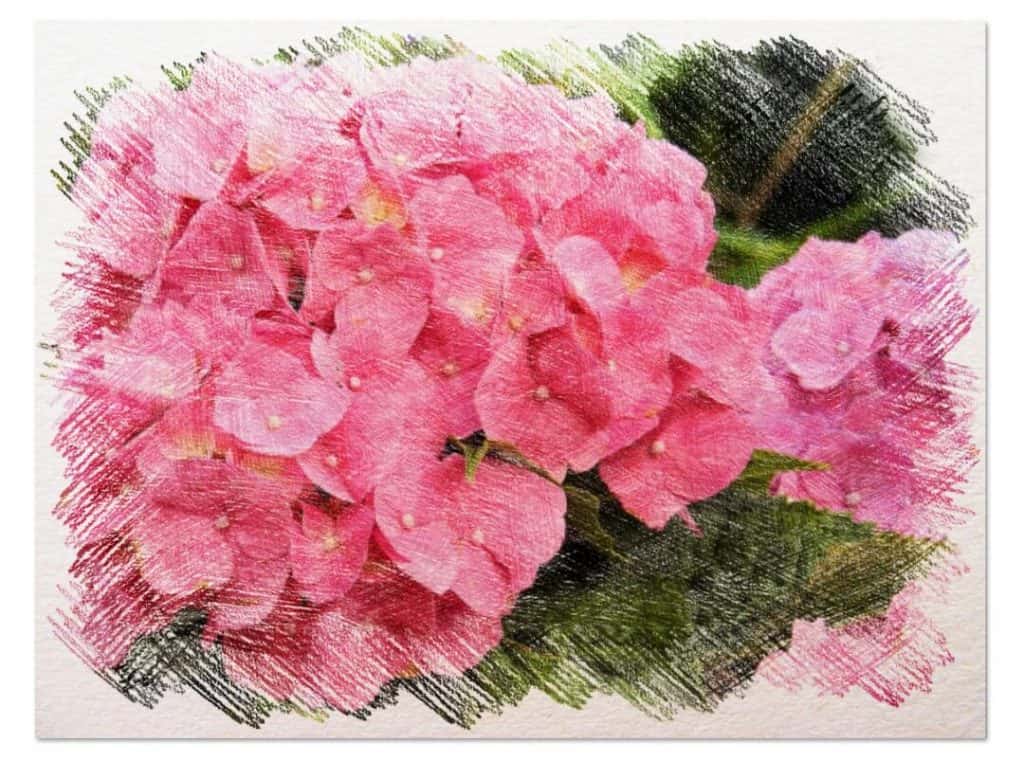
The temperature also influences the formation of the buttons.An average of 18°Cfor a month and a half it makes the buttons grow very well.
The hydrangea is a cool temperature plant, which grows best at daytime temperatures between 18 and 20°C and night temperatures between 11 and 15°C.
Under these conditions it produces long stems, vigorous foliage and large flowers.It hardly grows in temperatures below 4°C. Finally, they are related to humid areas.
How to prepare the land?
It is preferable that you provide them with soils with enough organic matter to increase the production of the flowers. In general, they grow optimally in clay loam soils.
Avoid dry soils or mix them with compost that helps retain moisture such as worm castings or any other natural fertilizer.
You can provide it with substrates to increase water drainage, since waterlogging can attract diseases.
As for the pH levels, you can regulate them depending on the coloration you like, although other factors such as the variety and the type of fertilizer you use also have an influence.
- Blue colorations: acidic pH, values between 4.5 and 5.
- Pink colors: pH with values between 6 and 6.5.
How do we water?
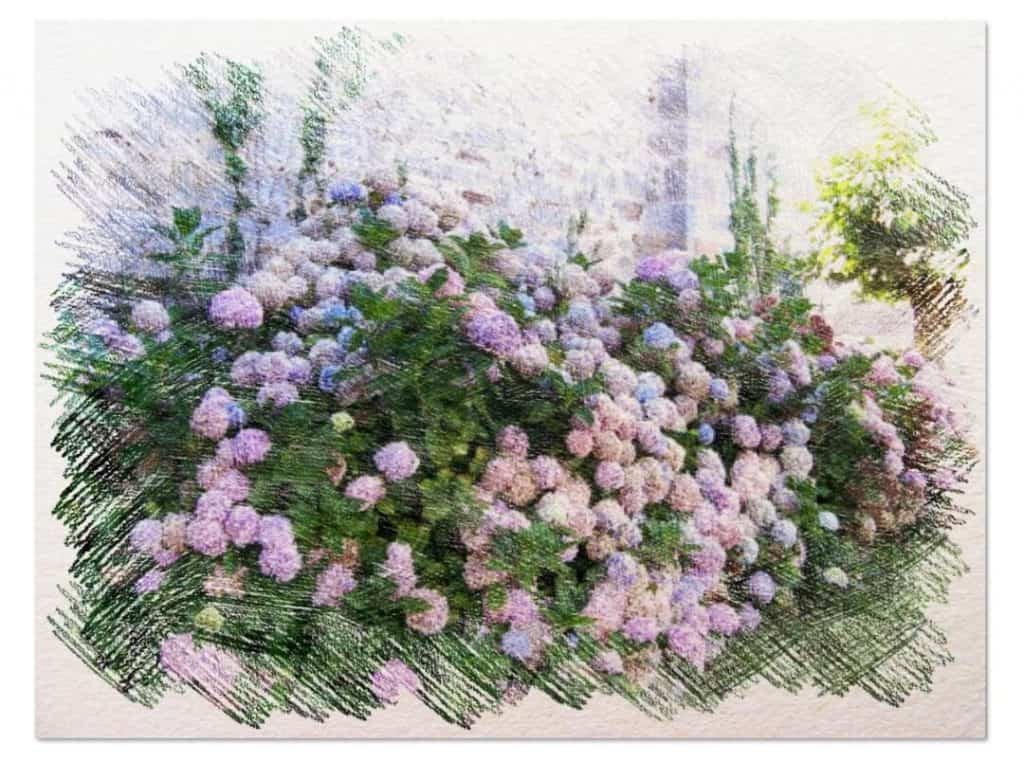 It is a plant with important hydric requirements, as well as high levels of humidity.
It is a plant with important hydric requirements, as well as high levels of humidity.
However, it is very important thatdo not flood the plantas you can drown the root system. You just have to keep the soil moist on contact.
We recommend drip irrigation.
For slightly more specialized plantations or if you have instruments to measure the amount of water, the approximate water requirements of2,600-2,800mm/year.
How do we plant hydrangea step by step?
Hydrangeas can be planted by cuttings:
- First get a cutting about 10 centimeters in length. Take care that they are young branches and close to the ground.
- Then bury them in a pot or directly on the ground at a depth of 4 cm.
- You can put substrate on the surface layer and then water abundantly. Between 30 and 40 days after planting, you can see a sprout and transplant it to the ground.
- Once the crop is stable you can prune them to give them the desired shape. Try to make it at least once a year.
- Likewise, remove leaves that are already dry or of a tone that is not natural to your plant.
- You can also do a type of selection pruning where you remove a certain part of the plant to increase the vigor of the rest. Try not to prune more than a third of it.
- You can provide compost or fertilizer once a month during the first year of life so that it produces flowers of good color and size.
- From the second year you can continue in order to accelerate the flowering process of your plant.
What favorable associations does it have?
You can plant different varieties of hydrangeas together to give a more attractive color to your garden or the place where you are harvesting them.
What pests and diseases does it have?
Hydrangeas are often attacked by mealybugs, thrips, aphids and spider mites.
There are several types of fungus that can cause leaf and shoot rot (b. cynerea).
Likewise, they suffer from the attack of a type of nematode that causes the stem to widen and stops the growth of the leaves. Forprevent this type of diseasemake sure to provide culture and place sterilized substrate.
Finally, if you notice that the leaves are turning brown and that the leaves are curling, it is not a fungus but rather a lack of water, so only by providing more water can the problem be improved in a short time.

